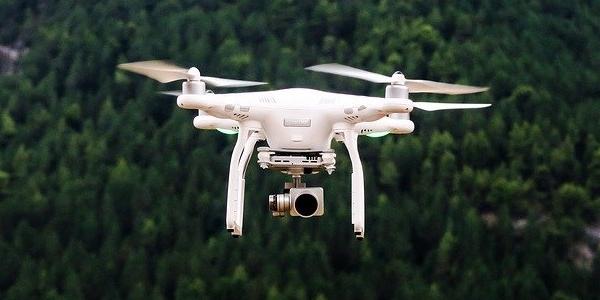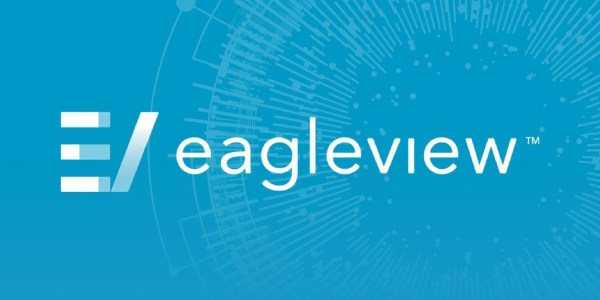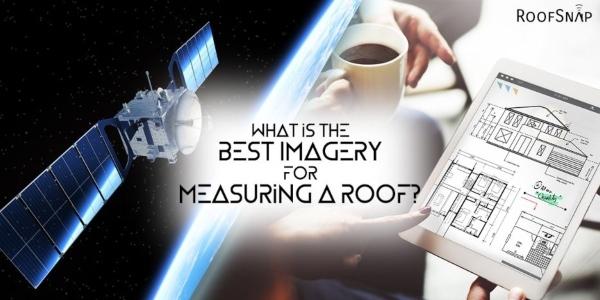Drones Can Save You Time, Money and Provide Extra Safety

By OneClick Code.
Benefits and misperceptions of incorporating drones into your roofing business.
Buildings require a variety of repairs and maintenance to upkeep their condition and combat wear and tear, but a building’s roof is the first line of defense against precipitation or any other falling objects. For this reason, roof replacements are both common and inevitable.
Fortunately, technological advances in hand tools have made the roof replacement process easier, faster, safer and more cost-effective. Safety harnesses, roof pitch calculators, nailers and staplers are some examples of the aforementioned technology that roofers have been quick to adopt, however, when it comes to the world of apps and automation advances, those that are unfamiliar require more persuasion to make upgrades.
Due to a seemingly steep learning curve and a high-cost entry point, drones are one of the most common cases of unadopted technology in the roofing industry. In terms of price, training and execution, incorporating drones into your inspections and estimates isn’t all that difficult and can provide your company with widespread benefits. In fact, drones can go a long way in providing your team with extra safety, and save you time, money, and a whole lot more.
The benefits of drones
On the surface, there’s one clear benefit to using drones: safety. Instead of sending someone up onto a roof that is possibly degraded, slippery, partially inaccessible, steeply pitched or any combination of these factors, roofers can not only obtain the same information from the safety of the ground, but get a true bird’s eye view of the project — something that is otherwise unobtainable.
Beyond safety, drones provide plenty of other advantages over traditional methods of measuring, estimating, and documenting.
First, they are incredibly efficient, usually completing the same amount of work as their human counterparts in a fraction of the time — nearly three times as fast, according to some sources — all without the potential of causing physical damage. Second, not only are they able to document accurate data and detailed images, but subsequently remove any human bias that may otherwise occur since everything that is recorded can be stored and reviewed by others — and a record that detailed can be infinitely handy when improving processes, compiling data, conducting audits, or in the case of any liability issues. Plus, some drones have even become so advanced that they can be programmed to calculate and record square footage/surface area, pitch/slope, roof features, even thermal heat maps.
The misperceptions of drones
After seeing all the benefits drones can provide, you may be wondering why they aren’t more universally adopted. For anyone who has ever tried to set up an older friend or relative with a smartphone, you’re probably familiar with the reason why: for a lot of people, they’re intimidating. But like adopting smartphones, there are three similar reservations about drones rooted in common misperceptions.
Misperception 1 - They’re expensive
Let’s get this one out of the way. You’re in construction and restoration — are any of your best, most reliable, or most helpful tools actually cheap? Good tools are an investment and, like any other tool, buying and using a drone will pay for itself over time and writes off just the same. But unlike most other tools, they also massively increase the level of on-site safety and reduce the man-hours necessary to complete certain tasks, thus actually making it more valuable than almost any other tool. Any other tools you can think of that can claim the same?
Misperception 2 - They’re hard to learn
Although it seems and sounds like a difficult task to operate a delicate, multi-axis, flying vehicle with numerous propellers and a camera to boot, anyone with drone experience can tell you that unless you plan to do crazy stunts during your flight, they are about as easy to use as the average smartphone. Since they’ve come onto the market, drones have made huge strides in ease of operation, simplifying both flight and onboard tools like cameras down to a button push or basic joystick movement. Most advanced drones commonly used for this type of work are actually designed with this in mind, allowing users to concentrate on the data and images they’re trying to obtain instead of, you know, avoiding a crash.
Misperception 3 - FAA rules are difficult to find and understand
It is true that different areas have different rules and regulations for where, why and how you’re allowed to fly your drone, but it’s not true that those specifications are difficult to find and understand. In fact, OneClick Code not only provides instant access to address — specific roofing codes, but actually include the FAA rules and regulations right with the report, so you don’t need to waste time sourcing, noting and adhering to local requirements.
If you’re still not convinced, get your free, address-specific roofing code and FAA rules and regulations here, instantly.
While the thought of owning and operating a drone might be scary, the actual practice isn’t. Not only will you save your company money in the long run, you’ll be taking your employees out of harm’s way by allowing them to stay on solid ground. Saved time, money and extra safety? Sounds like a win-win-win.
Learn more about OneClick Code in their RoofersCoffeeShop® Directory or visit oneclickcode.com.
Original article source: OneClick Code























Comments
Leave a Reply
Have an account? Login to leave a comment!
Sign In